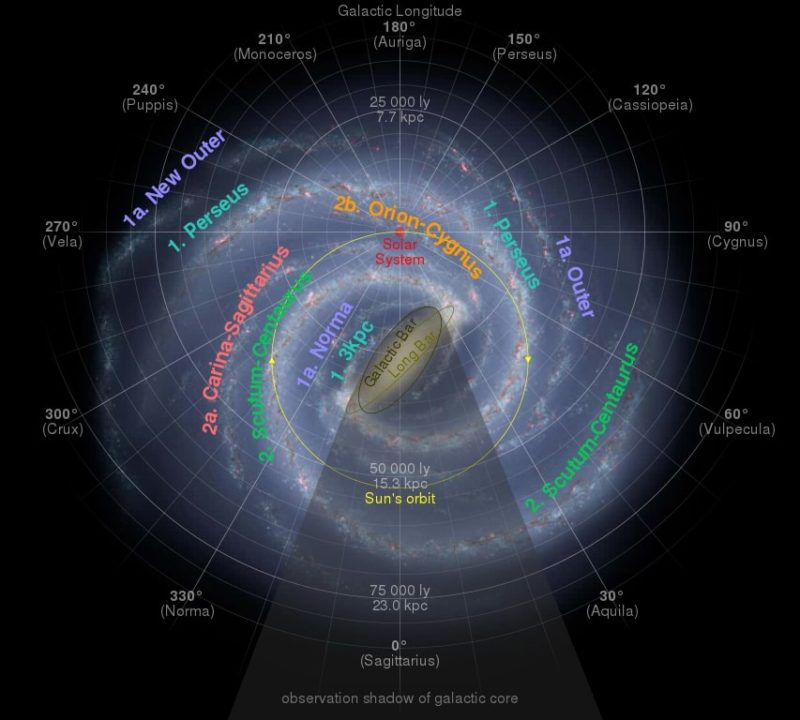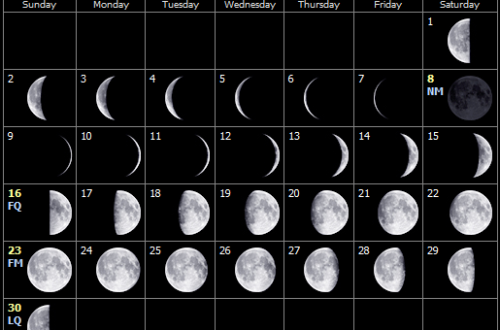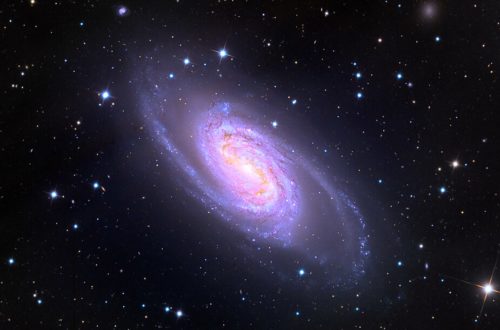Carina-Sagittarius Arm of the Milky Way Galaxy

In the celestial narrative of the Milky Way, the Carina-Sagittarius Arm stands as a captivating chapter, a spiral arc weaving tales of cosmic intrigue. Positioned amidst the constellations of Carina and Sagittarius, this stellar tapestry beckons exploration, revealing the dynamic forces shaping our galactic home.
Join us as we unravel the mysteries of this cosmic corridor, where stars, gas, and dust converge in a celestial dance.
What is the Carina-Sagittarius Arm?
The Carina-Sagittarius Arm is a minor spiral arm in the Milky Way galaxy. Located within the galactic structure, this spiral arm extends outward from the central region of the galaxy. It is named after the constellations Carina and Sagittarius, encompassing a region characterized by a higher density of stars, gas, and dust. It is also known as the Sagittarius Arm or Sagittarius-Carina Arm.
Context Within the Milky Way Galaxy
The Milky Way, our home galaxy, is categorized as a barred spiral galaxy. This classification is based on its distinct structural elements: a central bar-shaped region surrounded by spiral arms. The central bar serves as a gravitational focal point, influencing the flow of matter within the galaxy.
The spiral arms, including the Carina-Sagittarius Arm, extend outward from this central bar, creating a visually striking configuration. This structural arrangement is not unique to the Milky Way and is observed in various spiral galaxies across the universe.
Definition of Spiral Arms in Galactic Structure
Spiral arms are fundamental components of the galactic structure, exhibiting elongated regions of increased stellar density, gas, and dust within a spiral galaxy. The Carina-Sagittarius Arm is a notable example of such a structure.
These arms often manifest as spiral patterns, wrapping around the galactic disk in an intricate dance of cosmic material. The formation and persistence of spiral arms are influenced by complex gravitational interactions among stars, gas clouds, and dark matter, contributing to the dynamic nature of galaxies.
Importance of Spiral Arms in the Dynamics of the Milky Way
Spiral arms play a pivotal role in shaping the dynamics of the Milky Way. They serve as key locales for ongoing star formation, acting as nurseries where dense concentrations of gas and dust facilitate the birth of new stars.
The gravitational forces within these arms also impact the motion and trajectory of stars, influencing their orbits and contributing to the overall rotation of the galaxy. The study of spiral arms is, therefore, essential for comprehending the intricate interplay of forces that govern the evolution of galactic systems.
Location of the Carina-Sagittarius Arm
The Carina-Sagittarius Arm is part of a network of spiral arms that collectively contribute to the galactic architecture of the Milky Way. While recognized as a “minor” spiral arm, its interactions with major counterparts, such as the Perseus and Scutum-Centaurus Arms, influence the overall dynamics of the galaxy. The interconnected nature of these arms establishes a complex tapestry of gravitational forces, shaping the distribution and movement of stellar material across the Milky Way.
This spiral arm derives its name from its association with two prominent constellations: Carina and Sagittarius. Situated along the celestial sphere, these constellations are visible from Earth and serve as reference points for locating the arm within the Milky Way.
Is Carina-Sagittarius a Minor Arm?
Yes, Carina-Sagittarius is considered a minor arm. In 2008, observations conducted using the Spitzer Space Telescope in the infrared spectrum indicated that the Carina-Sagittarius Arm is characterized by a relative scarcity of young stars when compared to the Scutum-Centaurus Arm and Perseus Arm.
This discernible contrast suggests that the Carina-Sagittarius Arm is appropriately classified as a minor arm within the Milky Way. This aligns with similar characteristics observed in the Norma Arm (Outer Arm), indicating that both the Carina-Sagittarius and Norma Arms primarily consist of concentrations of gas, with sporadic pockets hosting newly formed stars.
Notable Objects in the Carina-Sagittarius Arm
The Carina-Sagittarius Arm contains various notable celestial objects and features. Some of these include:
- NGC 3372: Carina Nebula
- NGC 6523: Lagoon Nebula
- NGC 6611: Eagle Nebula
Conclusion
In short, the Carina-Sagittarius Arm stands as a dynamic and intriguing segment within the expansive tapestry of the Milky Way galaxy. As a minor spiral arm, its relative scarcity of young stars, observed through instruments like the Spitzer Space Telescope, distinguishes it from some major arms.
As our understanding of galactic structures continues to evolve, the exploration of this arm unveils essential insights into the formation, dynamics, and diversity of celestial phenomena within our cosmic neighborhood. The Carina-Sagittarius Arm invites further observation and study, promising continued revelations about the complex interplay of stars, gas, and dust within the Milky Way.
Would you like to receive similar articles by email?





